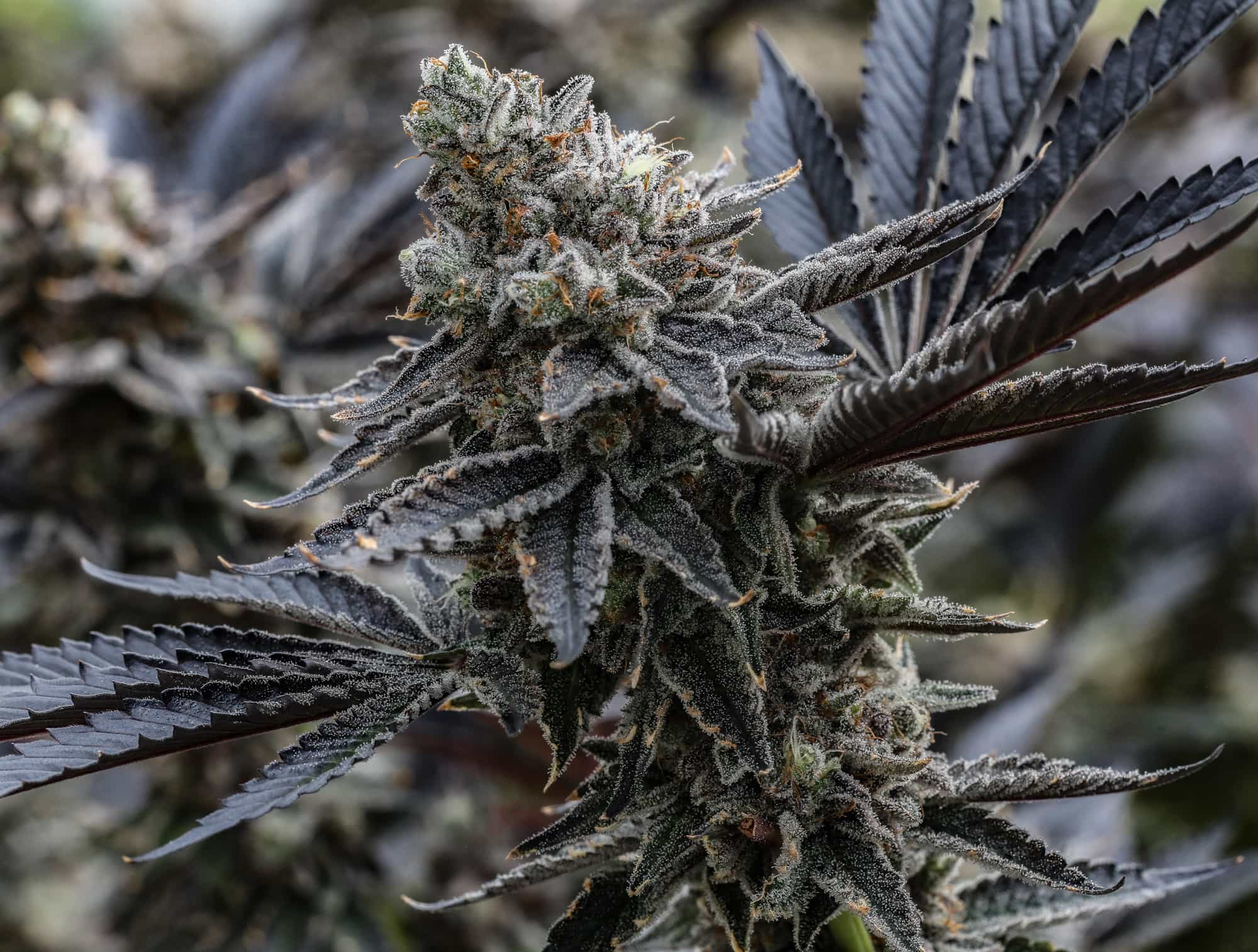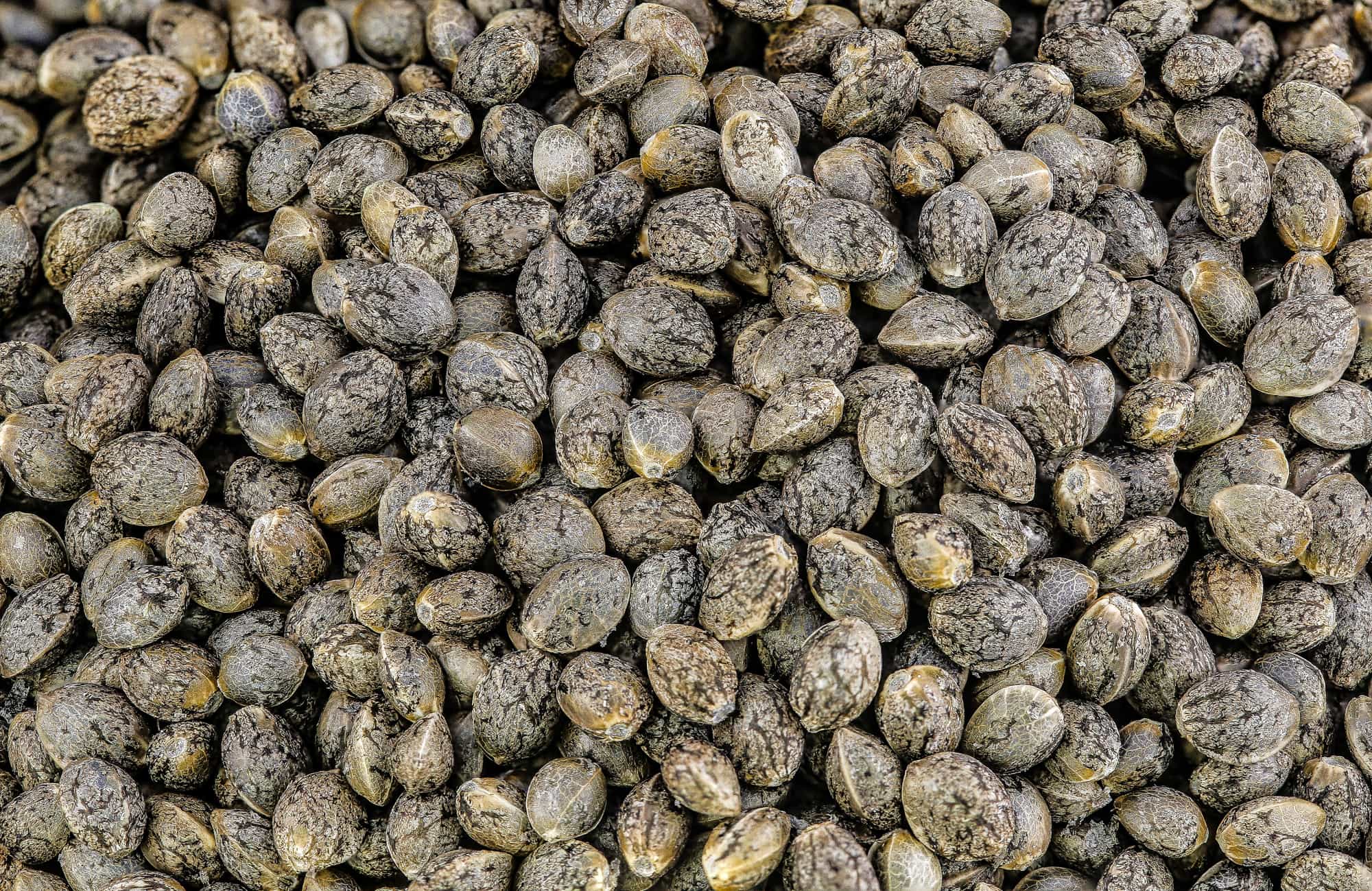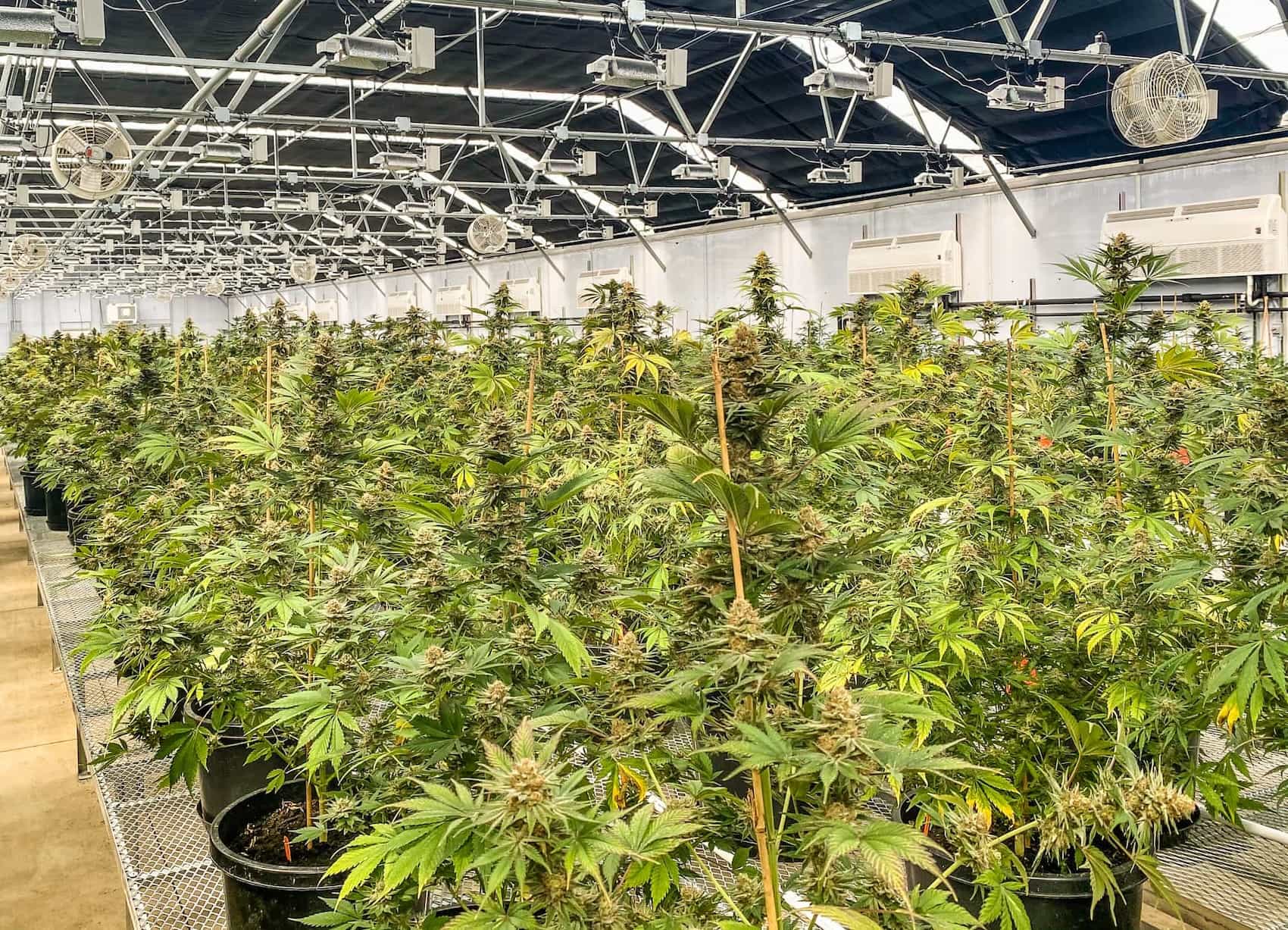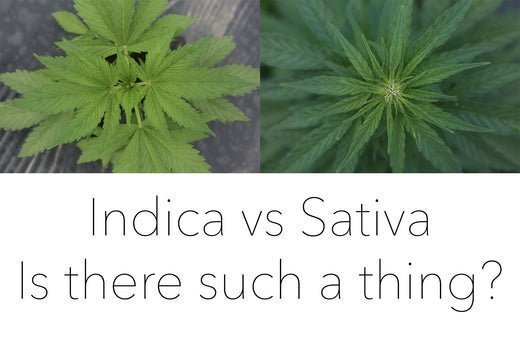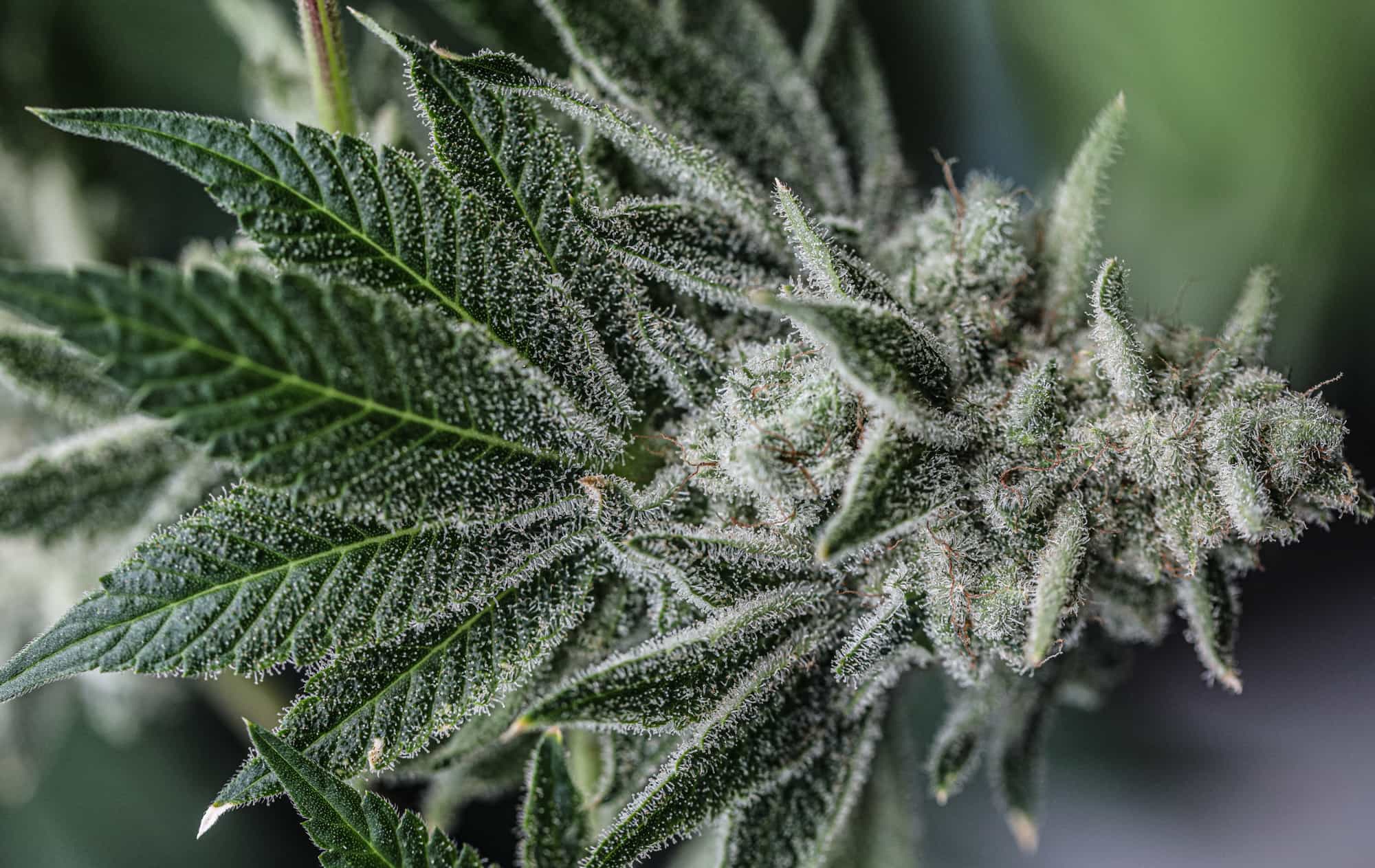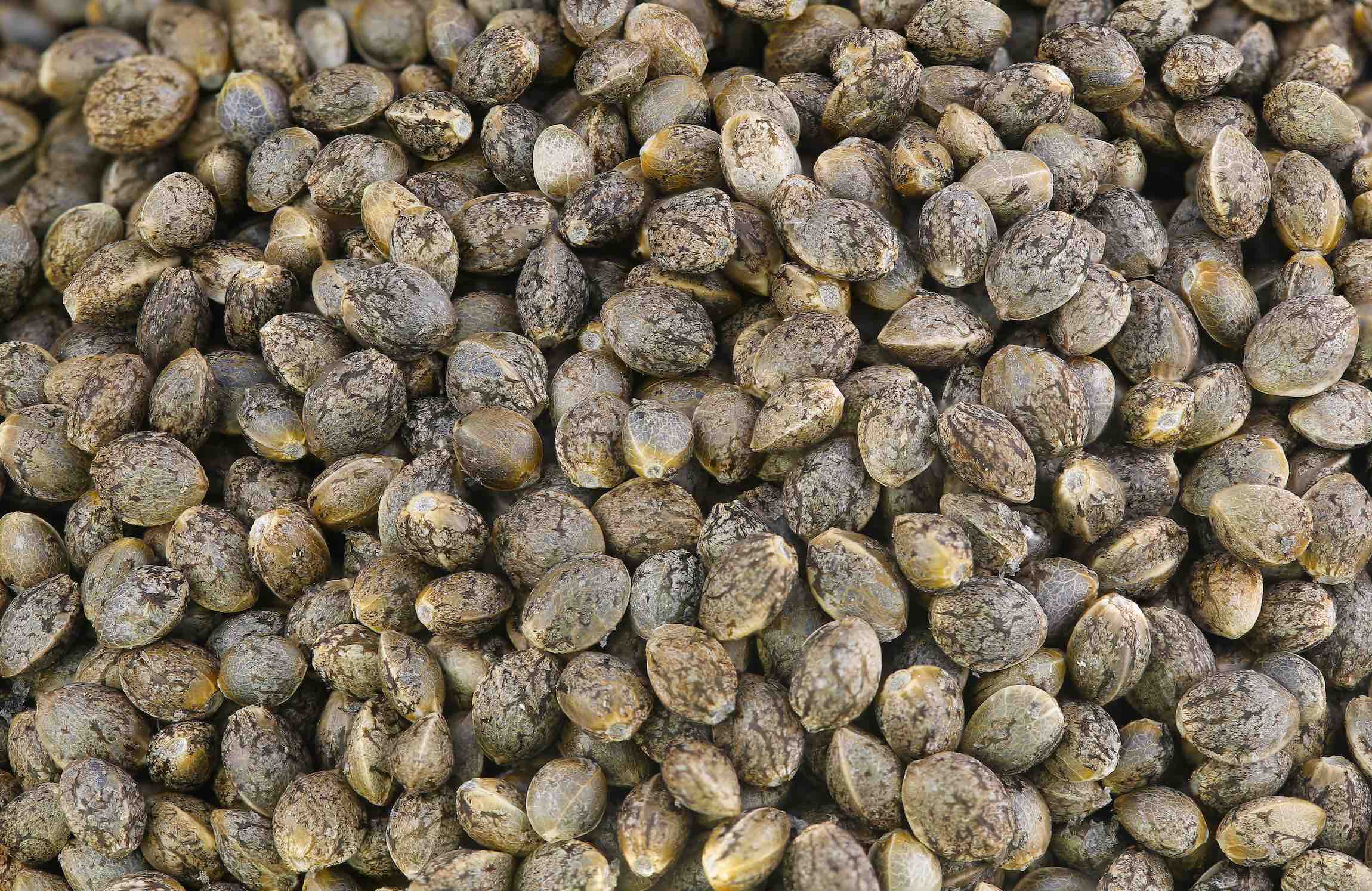
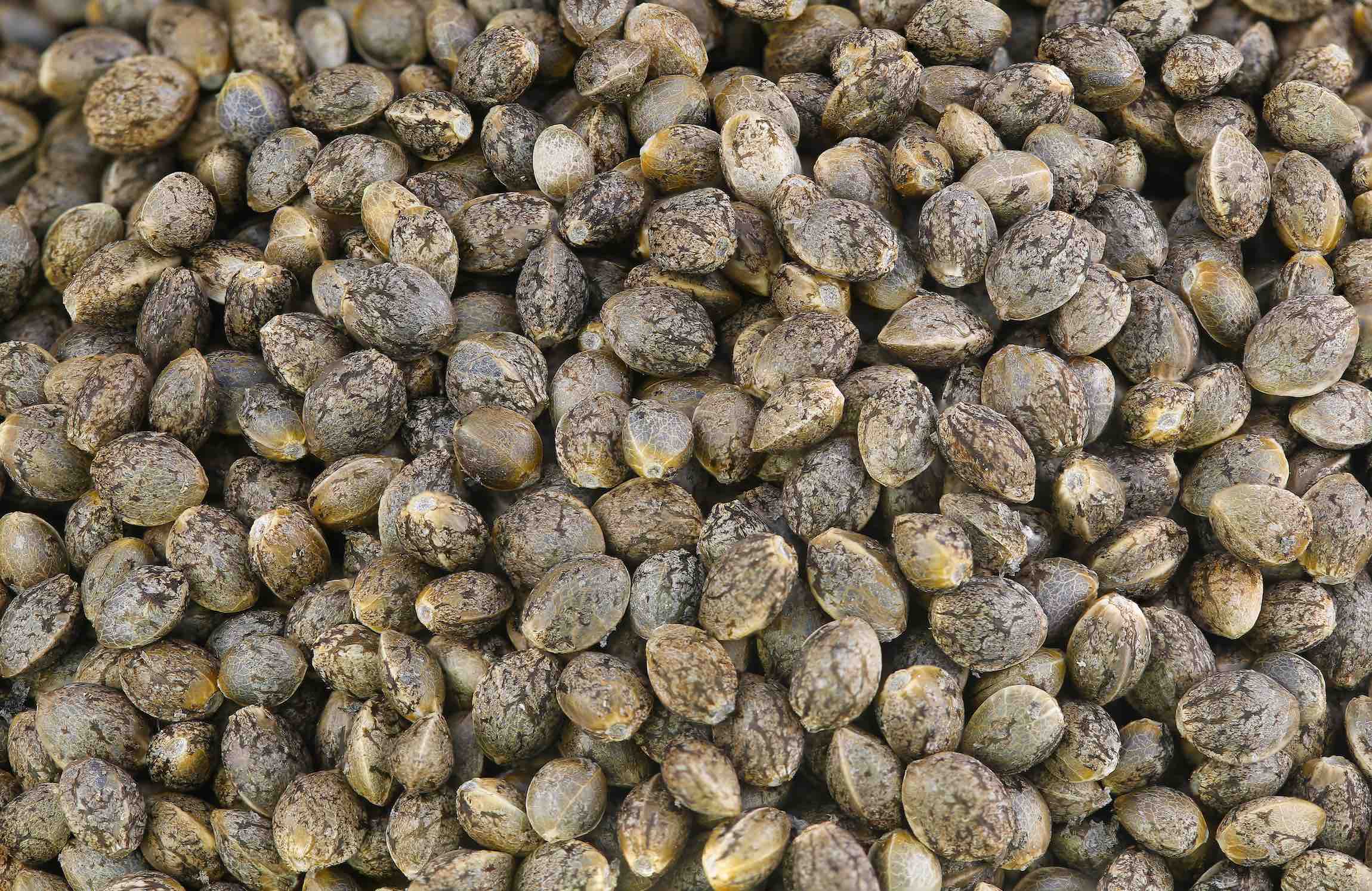
Feminized F1 Cannabis Seeds
We pride ourselves in breeding true to type F1 hybrid feminized high cannabinoid seeds. This includes all of our genetics, from our CBD seeds to THCV seeds. The work that goes into a single seed run takes years in the making, but we know its worth it.
Why F1 hybrid cannabis seeds?
Simply put F1 hybrid seeds are superior. A great example of an F1 in nature is the mule. Superstars of endurance, efficiency, intelligence, and vigor. They outperform both of their parents in critical, predictable ways in real world applications. Mules are used in genetics classes to drive home the lesson of heterosis: when two very distantly related individuals are paired, the resulting progeny tend to exhibit vigorous, positive qualities not seen in either parent.
We take advantage of this feature in our program by simultaneously homogenizing distinct varieties independently of each other for many generations via self-pollination (to the brink of infertility), then outcrossing and testing for the most vigorous progeny. Despite the genetic diversity between the two parents, the offspring exhibit highly uniform and consistent traits taken from both parents.
To produce a single F1 line that exhibits superior heterosis requires the independent development of two separate varieties for many generations, followed by test outcrosses and field trials to identify which combination of parents results in the best offspring. This process takes years but it leads to plants with minimal variation and lots of vigor.
We as breeders never simply pick two plants we like and cross them. There will always be a place in the industry for pollen chucking polyhybrid producers. But that is not who we are. Get a 10 pack, or a 1000 and you can expect consistent, reliably feminized seeds with minimal variability between plants.
Why only Feminized Seeds?
Generally speaking, at least 50% of all regular seeds are males. There is nothing more annoying then taking care of a room or greenhouse full of plants and having to throw away half of them months later after they show their sex. Or even worse, discovering the biggest plant in your garden is a male half way through the season. It is not economically viable for anyone growing at scale to sex their plants, and in our opinion not necessary considering the ease of feminized seed.
In the early days of feminized cannabis seeds, breeders would release seeds that were produced from a female plant that produced male flowers (hermaphroditic) and pollinated a room or field. While this method does produce mostly female offspring, the offspring are unstable and prone to produce hermaphrodite flowers.
In our breeding program, we only select stable genetics to make our crosses with, and rigorously test plants to ensure stability prior to making our feminized seeds. Female parents from one inbred line are treated with STS, which allows us to reverse the plants to become a pollinators for a separate inbred line. Both lines are females, and with no added risk of passing on hermaphroditic traits. We harvest seeds exclusively from the mother plants while any seeds from the pollinators are never released.
We use this method with all of our genetics, from our CBD and CBG Seeds to our type I THC and THCV seeds.The resulting offspring are 100% feminized cannabis seeds, meaning every single plant will have female chromosomes. That said we generally see about 1 phenotypically male plant per 4000 in our lines which equates to 99.97% feminization.
Like all cannabis genetics, be it from seed or clone, may produce hermaphroditic flowers when exposed to stressful growing conditions. We occasionally see higher numbers in our triploid seed varieties, but the pollen is for the most part sterile.
We always recommend pulling plants that manifest as full blown males.
How do you breed High CBD hemp seeds?
The original CBD varieties lacked much in flavor, potency, terpene content, and structure. Our process for improving them has led to some of the best producing high CBD seeds on the market. One of our favorite methods is by crossing a high THC plant with a CBD plant.
This involves finding a CBD dominant plant with a few characteristics we like, and a high THC plant with a few characteristics we like. We revert one and make a cross. From there we select our "keepers," the plants that have the most desirable characteristics, and test the offspring for CBD dominance.
The first generation of crosses are around 25% THC dominant, 50% 1:1 THC to CBD, and the remaining 25% are high CBD. This is where cannabinoid testing is imperative, and we keep the plants that hit the highest CBD and ditch the rest.
From there we inbreed each of our "keepers," grow out the next generation, and narrow our selections even more. After 3-4 generations of inbreeding we select our keeper to pair with our other inbred line.
How do you breed early finishing cannabis varieties?
One of the most important aspects of our breeding program is that we always use an autoflower for one of the parent and a long flowering photoperiod plant for the other. Because these two plants are very genetically different they are ideal for producing F1 hybrid seeds.
From the pairing, the offspring all generally initiate flowering in mid-July in the northern hemisphere, vs traditional cannabis varieties that begin flowering in August and beyond. With plants that begin flowering in mid July it allows them to mature in September. This is ideal for farmers in areas with inclement fall weather.
The interesting part we have discovered, is that flowering initiation is consistent across most mid-northern and mid-southern latitudes, regardless of day light hours. That said if you never receive more than around 14 hours of light during the day, plants will essentially autoflower as soon as they reach maturity.
From the pairing, the offspring all generally initiate flowering in mid-July in the northern hemisphere, vs traditional cannabis varieties that begin flowering in August and beyond. With plants that begin flowering in mid July it allows them to mature in September. This is ideal for farmers in areas with inclement fall weather.
The interesting part we have discovered, is that flowering initiation is consistent across most mid-northern and mid-southern latitudes, regardless of day light hours. That said if you never receive more than around 14 hours of light during the day, plants will essentially autoflower as soon as they reach maturity.


